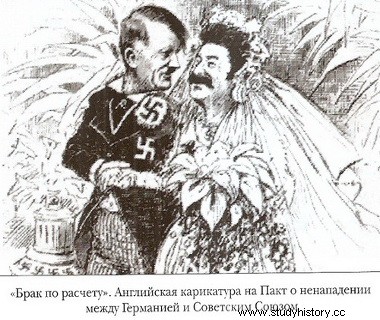(UEL-PR) Check the alternative that presents one of the main reasons alleged by Harry Truman, US president, to justify the use of the atomic bomb against the cities of Hiroshima and Nagasaki in August 1945.
a) Despite the US victories in the Pacific, the Japanese showed notable resistance due to the use of kamikaze, generating the prospect of prolonging the war.
b) Japan's industrial base was not destroyed by conventional bombing, allowing the country to continue the production of weapons on an equal footing with the allies.
c) Despite the victories over the Germans in Europe, the US and USSR armies were unable to promote an invasion of Japan due to its insular character.
d) Japan's negative response to the USA and England, who sought to negotiate the end of the war and prevent the growth of the Japanese offensive.
e) In order to guarantee the supremacy of liberal and capitalist interests in the post-war period, it was necessary to prevent the conquest of Japan by the USSR, preventing the Pacific from coming under Soviet influence.
question 2(UFT-TO) The forms of resistance can be elementary and spontaneous, like the reaction of the Danes who had just had their beer and left the bar as soon as a German officer entered. Among the more elaborate examples are the refusal of Norwegian religious and teachers to enlist, or the spontaneous demonstrations in Prague on October 28, the date of independence, by secondary students. Also important was the constitution, in Poland, of a parallel, underground society, which starts to educate young people since the Germans suppressed the country's national characteristics to make it German.
IRON, Mark. History of the Second World War. São Paulo:Ática, 1995. p. 126.
Based on the text, consider the following statements.
I. Resistance, a form of struggle against German rule during World War II, took place both in the daily lives of those involved and in armed civil and military organizations.
II. Resistance, an exclusive action of the First World War, occurred both in the daily lives of civilians and in planned armed actions.
III. In addition to the combination of American, British and Russian military forces, the centers of civil resistance were important for the weakening of the German army during World War II.
IV. The leaders of countries considered allies condemned the resistance of Danish, Norwegian and Polish civilians, even though these demonstrations were considered important for the overthrow of Nazism.
V. Spontaneous resistance has gone down in history as one of the most effective forms of struggle against Nazism.
Tick the alternative containing only the CORRECT statements in relation to Marc Ferro's text:
a) I, I, III and IV.
b) I, IV and V.
c) II, III, IV and V.
d) I, III and V.
e) I, II and V.
question 3See the image below.

The cartoon represents one of the initial moments of the Second World War, portraying a union between Germany and the USSR, which became known as:
a) Battle of Stalingrad
b) German-Soviet Pact
c) Treaty of Brest-Litovski
d) Armed Peace
e) Cold War
question 4On the western front, German defeats intensified after the invasion of Normandy by US and UK military forces, in an episode that became known as:
a) allied ultimatum.
b) Battle of Stalingrad.
c) Battle of Midway.
d) “D” day.
e) Blitzkrieg.
answers Question 1Letter A. The refusal of the Japanese surrender was the main reason for the use, for the first time in history, of the atomic bomb. This weapon of mass destruction was used mainly against Japanese civilians, showing that the US really intended to create a climate of terror among the Japanese population and, in this way, achieve surrender.
question 2Letter D. Statement II is incorrect because resistance was not just a feature of the First World War. Alternative IV is also incorrect because there was no conviction mentioned.
question 3Letter B. The German-Soviet Pact was a non-aggression agreement signed between the two countries, which allowed the Germans to advance into Eastern European territories, but was later broken by the military forces commanded by Hitler.
question 4Letter D. The "D" day initiated an essential action for the defeat of the Germans in France, causing countless casualties in the Germanic armies and guaranteeing the allied advance on the western portion of Germany.
